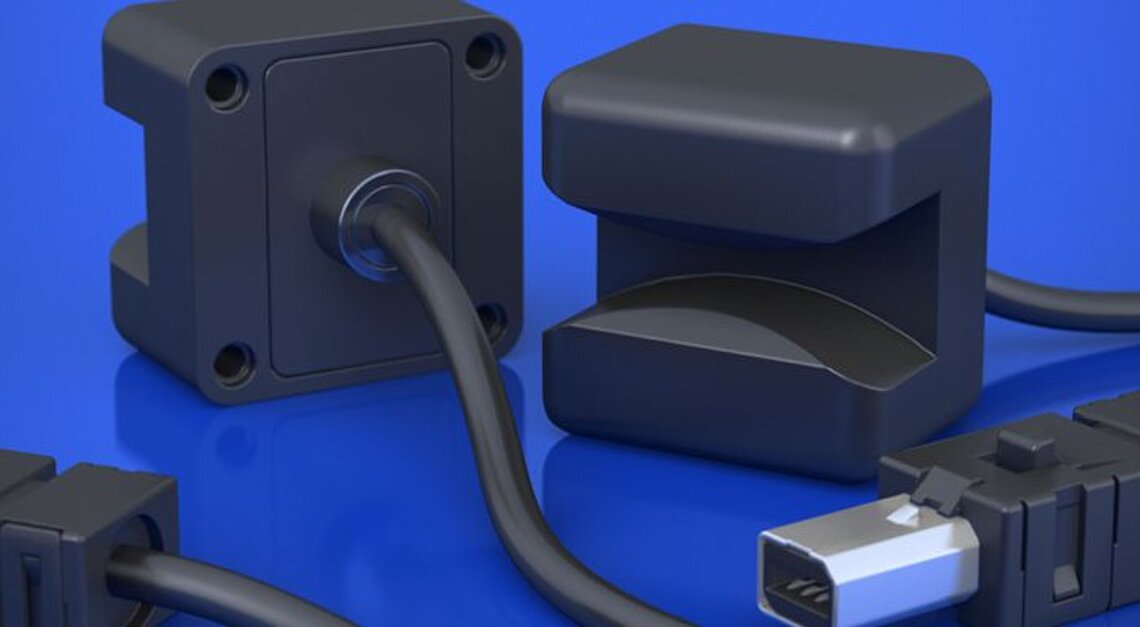Leistungserhöhung bei Ultraschallsensoren zur Blasenerkennung in Flüssigkeiten für die Medizintechnik
As a global leader in the development and manufacture of advanced ceramic components, the latest addition to CeramTec’s product offering for the healthcare sector will drive improvements in a range of medical applications including dialysis machines, cardiopulmonary bypass, blood apheresis and infusion. The result is a sensor which is now capable of operating accurately at temperatures of up to 105ºC (221ºF), making it suitable for fluids approaching boiling point.
Further significant sensor developments include a response time of 100 microseconds and significantly increased repetition rate, making it up to ten times quicker than the previous version of the sensor and ensuring a high probability of detecting very small bubbles. Additionally, the sensor’s software now has improved functionality, offering increased versatility which allows the sensors to detect or ignore bubbles as small as 1µl, even within a wide range of liquid flow rates.
All of CeramTec’s air in line sensors are developed and manufactured in the UK and designed to be tested to the strictest EU and FDA safety standards, ensuring the quickest possible route to market for equipment manufacturers.
Richard Miles, Business Manager at CeramTec explains “The primary concern for healthcare providers and therefore, manufacturers of medical equipment is the safety of patients. Because of this, we are continuously striving to make improvements in safety and performance, helping to ensure the wellbeing of healthcare recipients. As a global leader in piezo ceramic and ultrasonic sensor technology, we are proud to be making a real difference within the healthcare sector.”
